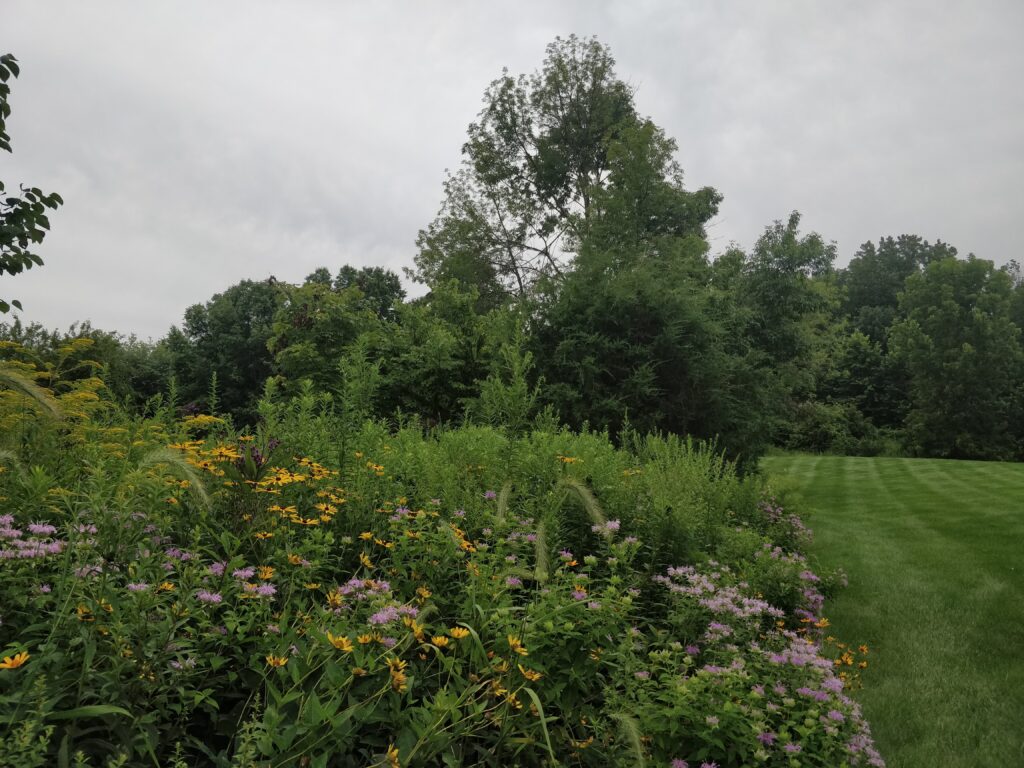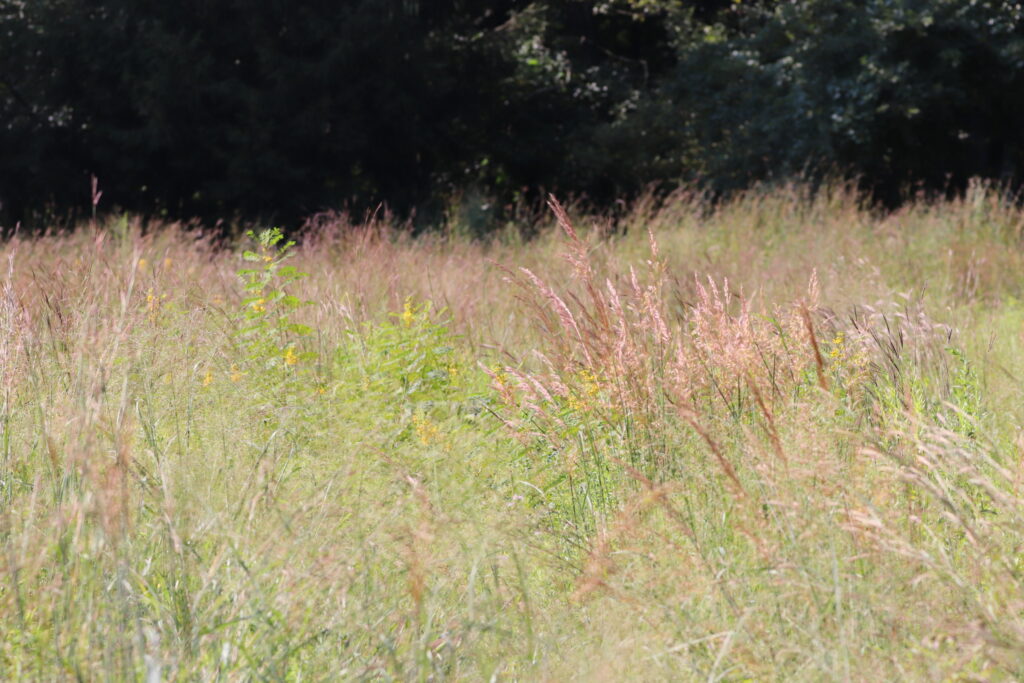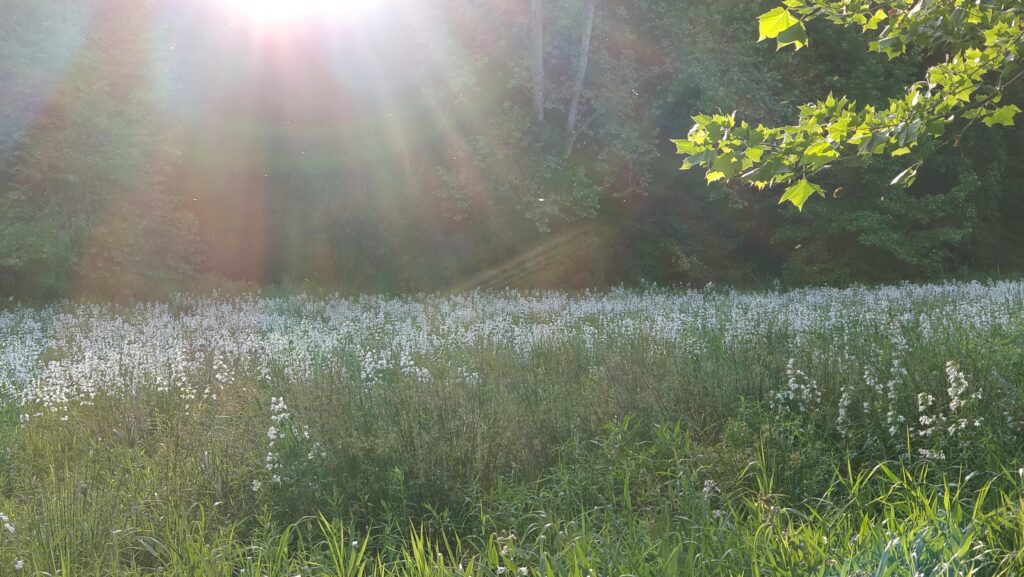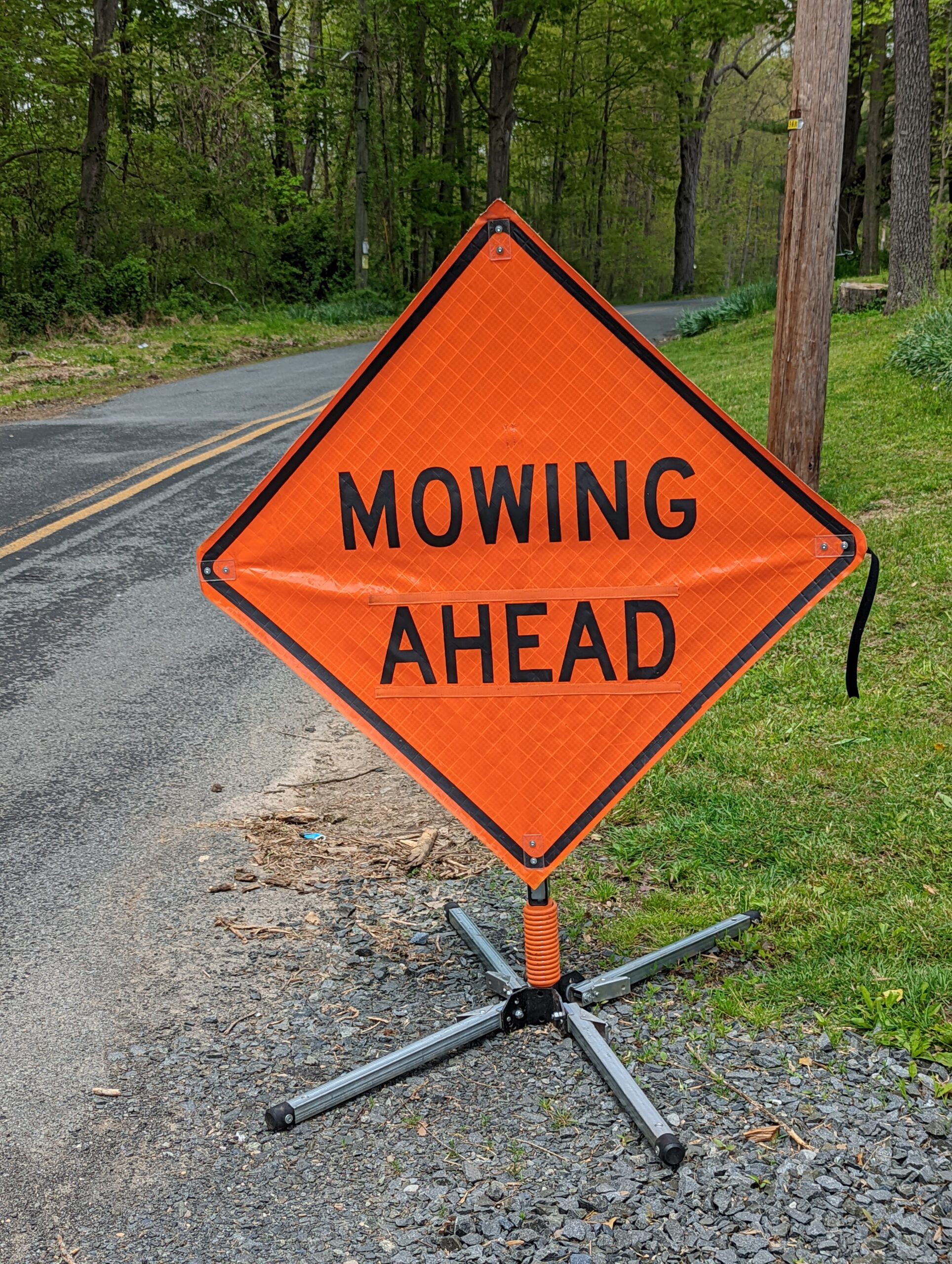
Well, that really depends on the student. Growing a meadow also comes home with laundry…
Let’s use a high school senior as an analogy here. For the past 16 or so years, said senior has worked hard in school dealing with academic pressure as well as environmental and social too. But he or she doesn’t leave the house and 4 years toss that silly hat in the air and later come home a graduate just like that. There is due diligence that needs to be tended to. Not without 4 plus years of grunt work before that.
Early action? Universal College Application? Early decision? Common application? There are the transcripts, the SATs, the tours. The interviews, the essays, oh the essays! The determining factors of small college or large state school. In the country or in the city? Then once in the school, the now incoming Freshman needs to spread his or her wings and lay the groundwork for a future beyond the next four years. Then buried in all of this is of course the cost of the education. But, if all the prep work is complete, eventually, in 4 years you are indeed finished with school and out in the world.
How long does it take for a meadow to grow? The short answer is: you are going to have to wait. The good news is: they grow. Sounds a lot like children!

Growing a meadow is not unlike this at all, it too will come with some dirty laundry. Also, growing a meadow is also dealing with social pressure and environmental strains. (Your neighbor now thinks your place is starting to become weedy and untidy.) You need to test the soil. You need to understand the land and its prior use history. You need to ready the soil for planting of the seed mix or the plugs. You need to identify which native plants will grow in your space based on your Zone or ecoregion. You need to maintain the invasives that inevitably creep in (more dirty laundry). You need to cut the meadow once per year. If you complete all of these due diligence items on the meadow prep list, then yes, you too can have a lawn that graduated to a meadow. It is also important to note that wildflower meadows do not need to be as big as lawns to be beneficial. Hellstrip plantings are extremely successful. We have a micro meadow that is only a little larger than a beach blanket.

But patience will be your friend here. Don’t expect a diploma from Meadow University right away. The meadows we have are half a decade old now, and evolving. Like going for their PhD, we have one meadow that is changing its course to be less wildflower-y and more prairie grass. We did not let our grass go for the month of May and this is what happened. We sat on the waiting list for quite some time. But the acceptance letter finally did come. (BTW, do they still snail mail those, or are they all on email now?)
While No Mow May certainly is a catchy slogan, and it does build awareness to the importance of aiding our early season pollinator friends. And it also highlights our national obsession with criss-crossed manicured lines, and how that provided little else other than the perfect setting for a giant board for checkers and chess. You won’t receive a meadow diploma just by turning off your mower. Just like you won’t receive a college diploma if you don’t do your homework. But wouldn’t it be wonderful to inspire people that meadows are worth the wait ? Now that’s a great legacy!
This article was inspired by an article I read in The New York Times on May 3rd, 2023 by Margaret Roach, and by an Intagram account that I follow, @monarchgardensbenjaminvogt, https://www.monarchgard.com/thedeepmiddle/just-say-no-to-no-mow-may

No responses yet